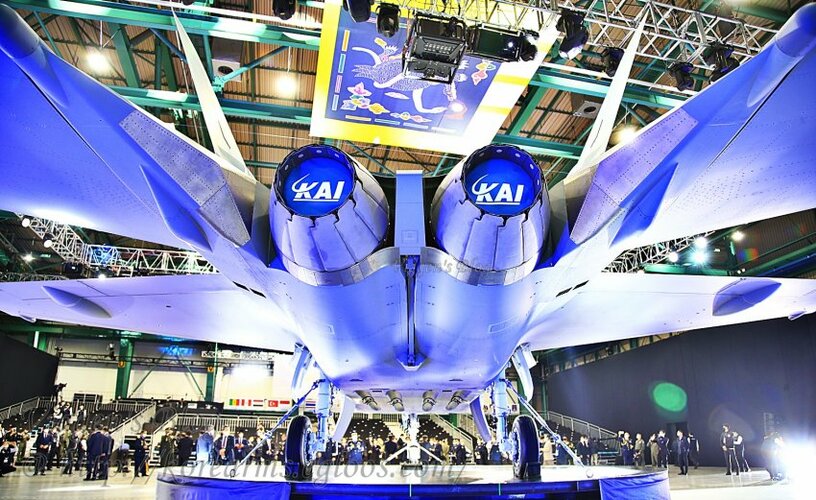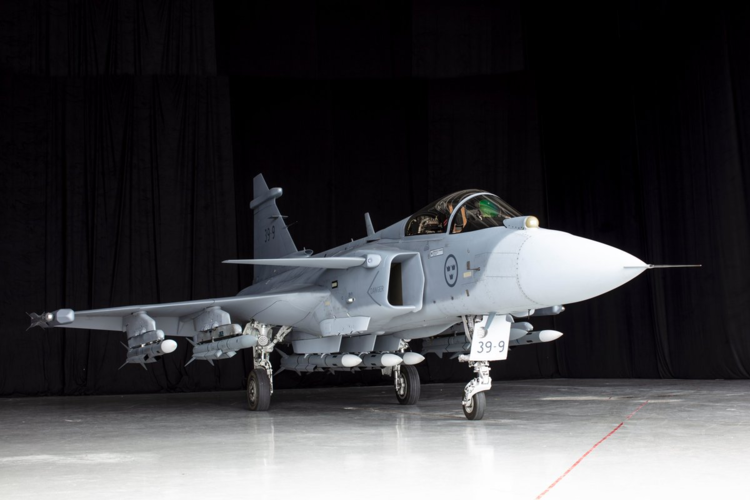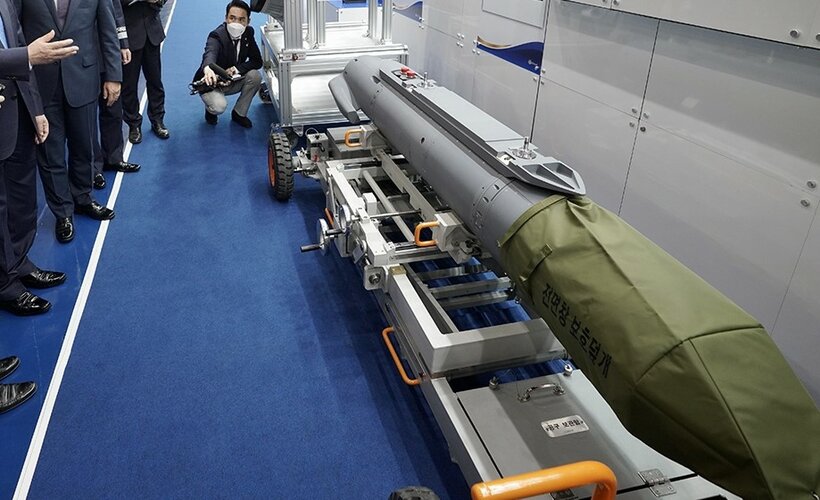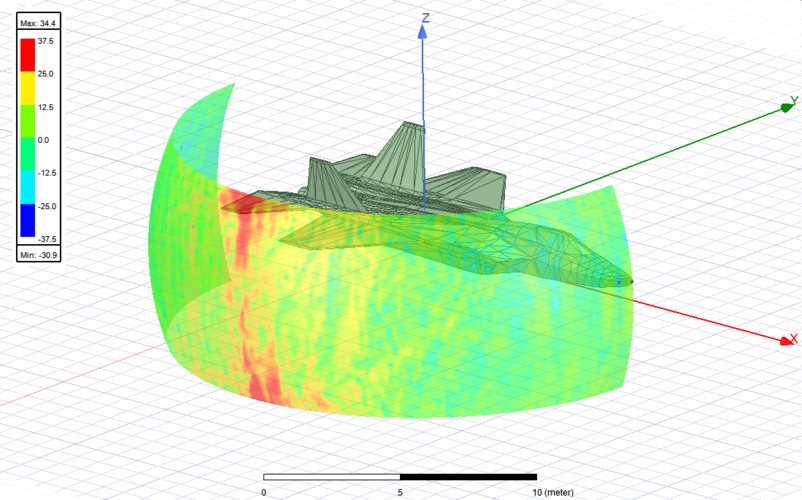- Joined
- 29 November 2010
- Messages
- 1,772
- Reaction score
- 3,469
on that note, anyone knows the radome width/size? of the FA-50 and JF-17?on a related note, since we talked about exports and korean aircraft.

Korean FA-50 competes with Pakistan-China developed jet in Malaysia
Korean FA-50 competes with Pakistan-China developed jet in Malaysiawww.koreatimes.co.kr
JF-17 vs FA-50 in Malaysia!!!
they narrowed it down to those two, but the JF-17 is in the lead due to better medium range weapons
i thought FA-50 was cleared for AMRAAM no?
There are currently two upgrade programs regarding FA-50, namely block 10 and 20 respectively. What's currently under works is the block 10, which aims for the integration of LGBs and Sniper pod (a photo of FA-50 flight testing with a pod hanging on the center pylon has recently been revealed, although there seems to be no high-res photo made public). Block 20 is when the AMRAAM will be integrated (probably the C5/7 variation?) although it is not clear if such upgrade program is actually under development or only being planned on. I would lean towards the latter unless there are some clarification from KAI. KAI seems to even be considering ways to enhance the power output of the existing EL/M-2032 radar once they are done with AMRAAM integration program, probably due to the small antenna aperture, although I'm not so sure how they would be able to achieve such.
also.. this report if true, means Tejas was kicked out of the competition.
Last edited:







